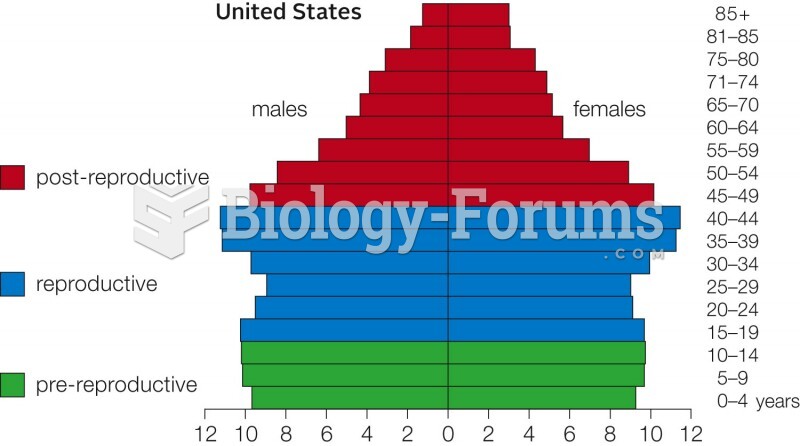Answer to Question 1ANS:Answer
should include:
The Challenger expedition was a purely science based voyage. It is reasonable to say
that this voyage was influenced by its predecessors, but this ship was directed by
scientists. The mission was to see if there was life below 549 meters.
The Challenger had equipment that solved previous issues regarding sampling of the
deep sea. This included a steam powered winch and a system of nets and grabs.
The Challenger mission discovered 4,717 new species. At the end of the expedition,
information, charts, and illustrations were compiled into a fifty volume report.
The United States Exploring expedition was the first hybrid venture. Although science
studied the ocean, it was primarily a naval voyage. The mission included showing the
American flag, charting waters, observing, and, interestingly enough, disproving the
theory that the Earth was hollow and could be entered into at the poles.
The United States expedition explored the west coast of North America, and their
findings were especially valuable when connected to the map of the Rocky Mountains.
The United States expedition collected many specimens and artifacts that would later be
housed in the Smithsonian. The voyage also collected enough information to generate a
19 volume report.
Both expeditions had goals to pursue ocean science. This was not a common occurrence
at their time. They collected samples and charted waters and their findings were
immensely valuable to the world
Answer to Question 2Answer should include:
The Library of Alexandria was founded in the third century. It held the greatest
collection of ancient writings at that time. Some say that it was a university of sorts
because there was such an exchange of information.
The library used laws to acquire original logs from ships that came into the harbor. The
library copied the logs and returned the copies to the owners, while keeping the originals
for the library. They collected information from land caravans in the same way.
Traders quickly realized the competitive benefit of this information.
The library existed for 600 years and had many librarians.
Hypatia, the last librarian, was met with resistance from early Christians. They viewed
this woman, a mathematician and a symbol of science, as a pagan. She was murdered in
A.D. 415.
The library itself was burned when Hypatia was killed. Over 700,000 scrolls were
destroyed. The loss of knowledge was devastating to Europe.







